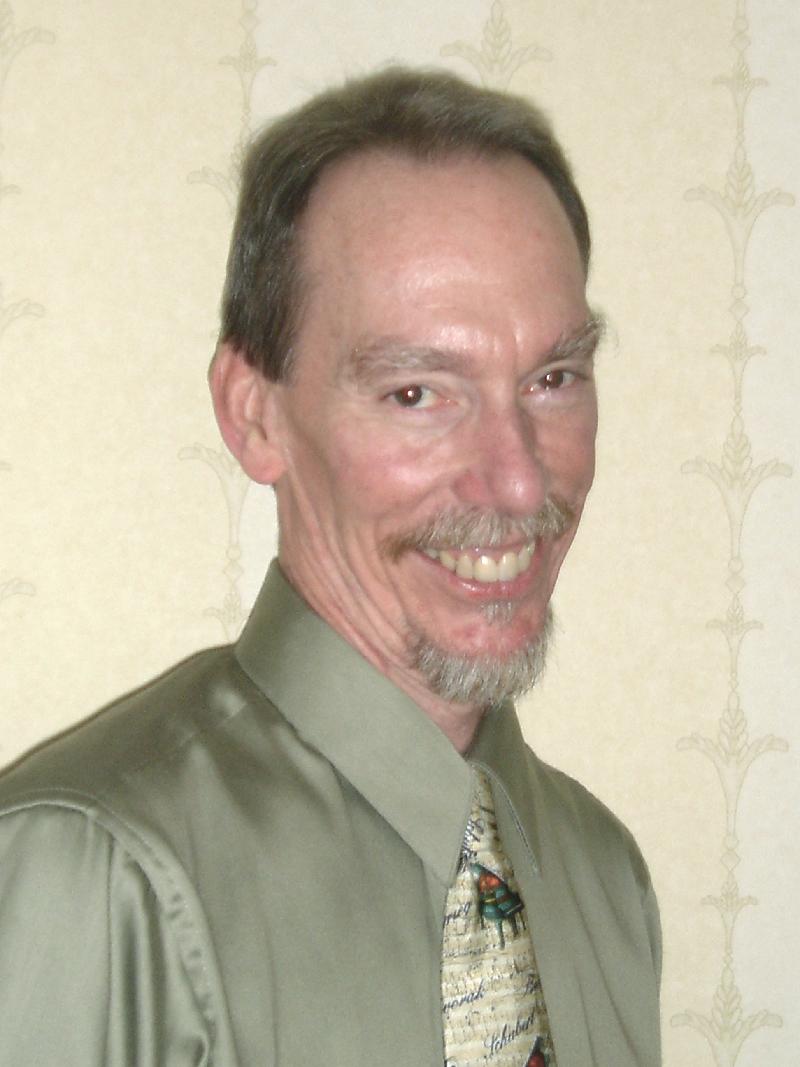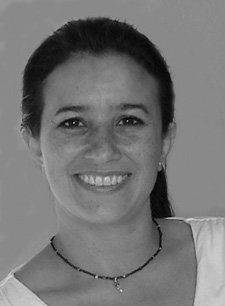


Zen Shiatsu Concepts & Definitions
What School is Zen Shiatsu Based On?
Principles of Zen Shiatsu Bodywork
The Importance of Zen Being
Putting it All Together
Next Steps
Home

Lesson 1: Zen Shiatsu Concepts & Definitions
Definition
Zen Shiatsu is a derivative form of the Japanese therapy Shiatsu based on
the principles of Traditional Chinese Medicine.
Zen Shiatsu, also known as Masunaga Therapy, is a form of Meridian Shiatsu. The meridian system represents the 'crosstalk" between tsubos or acupoints of the human body. It also represents divisions of the complete function of the human organism into descrete spheres of influence. Masgunga advocated treating the whole meridian system through pressure and stretching to achieve systemic change for the entire body.
A difference between Masunaga's Zen Shiatsu and earlier forms of shiatsu is that Zen Shiatsu uses not only thumbs and palms but also fists, elbows and knees.
Zen Shiatsu represents a return of the values of Traditional Chinese medicine, in comparison with anatomically or physiologically based Shiatsu. While the Namikoshi school emphasizes westernization at the expense of Chinese medical understanding Masunaga advocated a return to Chinese Taoist practices such as Do-In and Ankyo within the context of Japanese Shiatsu.
Shiatsu in the Real World
What does the word Shiatsu mean to most people? Very little and it needs
some explaining to make a distinction between shiatsu and massage. Many
people collapse the definitions of massage and bodywork. If I were to leave
a business card lying around how would anyone know that Shiatsu could do
something good?
Shiatsu is kind of difficult to describe in words alone. Have a treatment, though, and you kind of "get it". The closest to a concise description is a massage discipline similar to the 'tough tendon' technique of Thia Massage.
Shiatsu is a dynamic hands-on healing system, originating in Japan, which uses the power of touch, pressure and gentle stretching techniques to balance the body's energy system.
What Else is Shiatsu?
Shiatsu is a clothed massage and encompasses stretching, joint rotations
and acupressure points.
The primary emphasis of Five Element Shiatsu is to identify a pattern of disharmony through the use of the four pillars of examinations and to harmonize that pattern with an appropriate treatment plan.
Hands-on techniques and preferences for assessment varies with the practioneer, depending on their individual background and training. The radial pulse usually provides the most critical and detailed information.
Palpatation of the back and/or abdomen and a detailed verbal history serve to confirm the assessment.
Considerations of the client's lifestyle, emotional, and psychological factors are all considered important. Although this approach uses the paradigm of the five elements to tone, sedate, or control patterns of disharmony. Practioneers also consider hot or cold and internal or external symptoms and signs.

